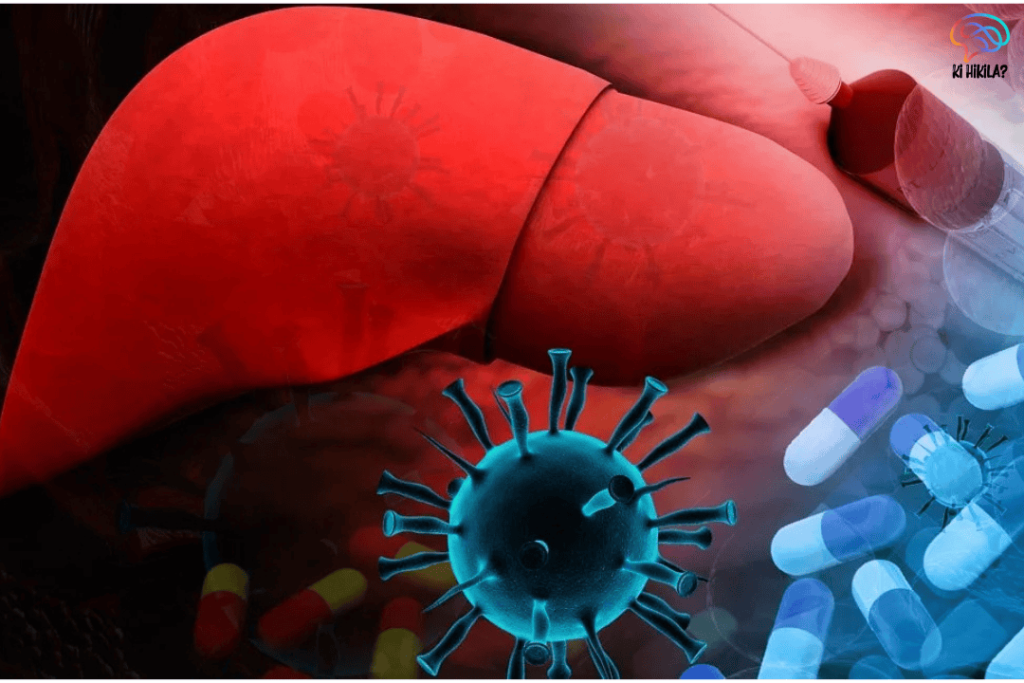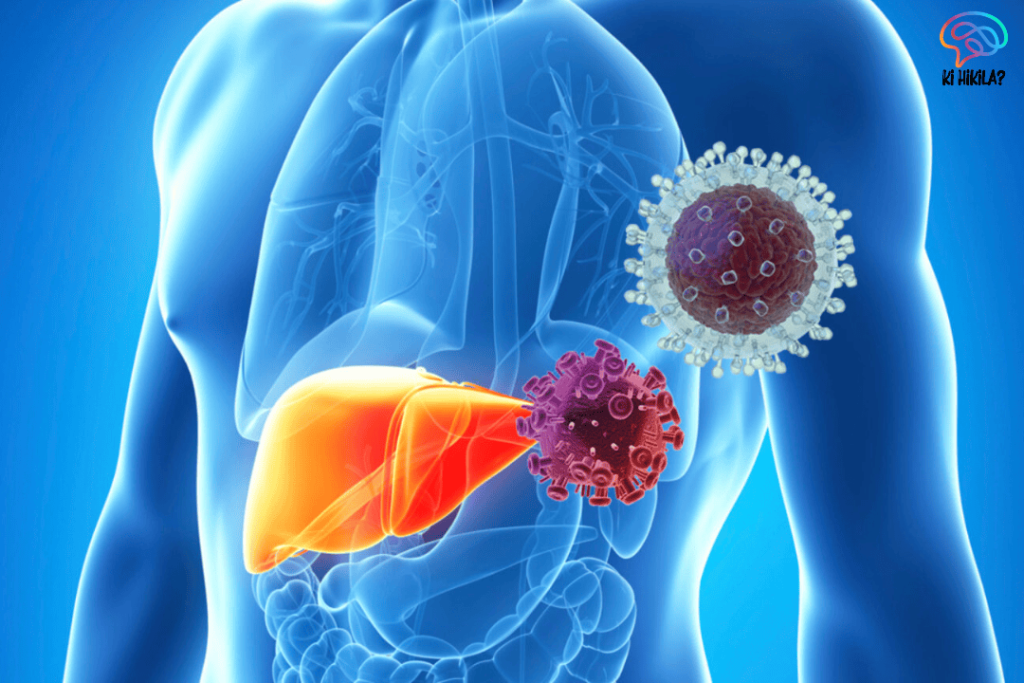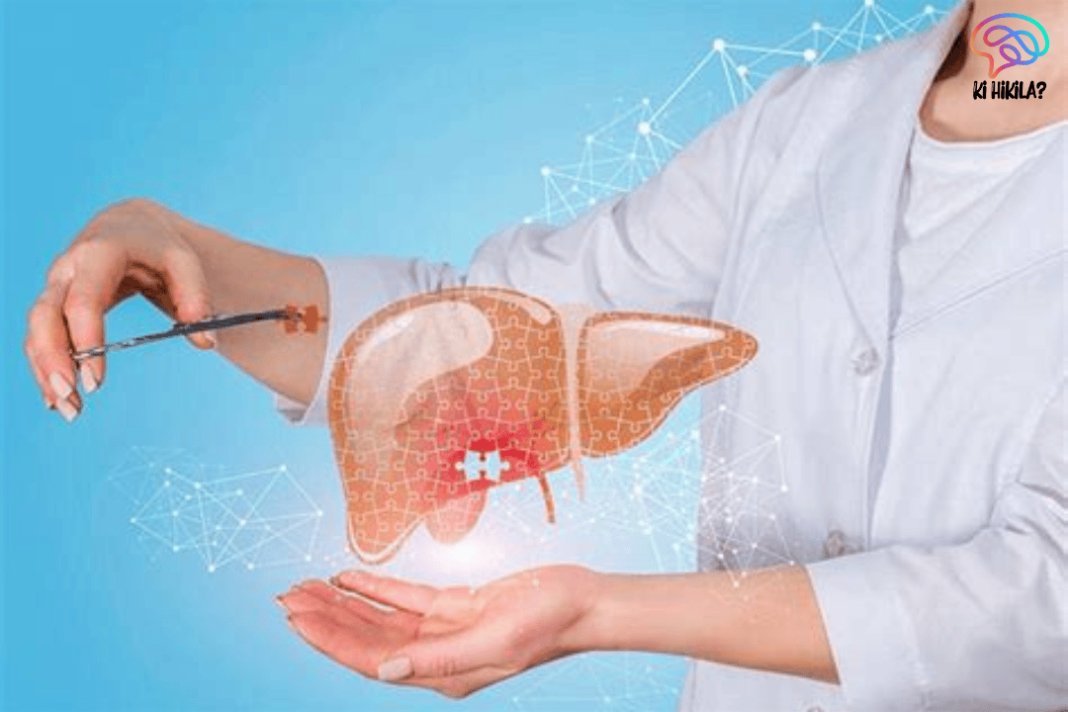The WHO Hepatitis D Cancer Classification marks a historic moment in global health policy, as the World Health Organization has officially reclassified hepatitis D virus (HDV) as a carcinogenic pathogen. This decision underlines the urgent need to prevent, detect, and treat viral hepatitis — a persistent global health challenge. The updated classification is expected to strengthen international initiatives in surveillance, research, and prevention, especially given HDV’s deadly synergy with hepatitis B virus (HBV).
When HDV infects a person already carrying HBV, the consequences are far more severe than with HBV alone. The risk of developing liver cancer (hepatocellular carcinoma) and severe liver disease multiplies, making HDV one of the most dangerous hepatitis viruses in existence.
Understanding Hepatitis and Its Types
Hepatitis is an inflammation of the liver, caused by viruses, toxins, or autoimmune responses. The five main viral types are hepatitis A, B, C, D, and E — each with distinct modes of transmission and severity.
- Hepatitis A (HAV) – Spreads via the faecal-oral route, typically through contaminated food or water. It causes acute infection but rarely chronic disease. Vaccines are available and highly effective.
- Hepatitis B (HBV) – Transmitted through blood, semen, and other body fluids. It can cause both acute and chronic infection. A safe and effective vaccine exists.
- Hepatitis C (HCV) – Mainly spread through blood-to-blood contact, often via unsafe medical procedures or shared needles. No vaccine is currently available, but effective antiviral treatments exist.
- Hepatitis D (HDV) – A defective virus that requires HBV to replicate. It causes the most severe form of viral hepatitis.
- Hepatitis E (HEV) – Spread mainly through contaminated water and food. Vaccines exist but are not widely available globally.
Hepatitis D: The Cancer Connection

The WHO Hepatitis D Cancer Classification is based on overwhelming scientific evidence showing HDV’s strong link to liver cancer. HDV is unique — it cannot infect on its own but only in the presence of hepatitis B virus.
Two forms of infection are possible:
- Co-infection – Simultaneous infection with HBV and HDV, often leading to severe acute disease.
- Superinfection – HDV infection in an already HBV-infected person, dramatically increasing the risk of chronic liver damage.
Studies reveal that people with HBV and HDV co-infection face two to six times higher cancer risk than those with HBV alone. Around 75% of HDV patients develop liver cirrhosis within 15 years, making them extremely vulnerable to liver cancer. This happens because both viruses cause persistent liver inflammation and HBV can integrate into the DNA of liver cells, disrupting normal cell regulation.
Transmission Routes
HDV spreads in the same way as HBV:
- Blood transfusions and unsafe injections
- Mother-to-child transmission during childbirth
- Unprotected sexual contact
- Sharing needles among drug users
High-risk groups include intravenous drug users, people with multiple sexual partners, and those in regions with poor blood screening infrastructure.
Diagnosis and Prevention Strategies
Detecting hepatitis D requires specific blood tests that look for HDV RNA or antibodies. Since HDV infection always requires HBV, the hepatitis B vaccine is the most effective preventive tool.
Prevention measures include:
- Universal HBV vaccination, ideally starting at birth
- Safe injection practices in healthcare
- Blood screening before transfusions
- Safe sexual practices to reduce exposure to infected fluids
Despite being part of many national immunisation programmes, HBV vaccination coverage is still insufficient in several low- and middle-income countries. Expanding vaccine access is critical.
Hepatitis B Vaccination Schedule

The HBV vaccine is administered in various schedules, such as:
- For newborns: At birth, 6 weeks, and 14 weeks
- Alternative schedule: At birth, 1 month, and 6 months
- For high-risk adults: Three doses over six months
By preventing HBV, we automatically block HDV from spreading, making vaccination the cornerstone of elimination efforts.
New Treatments on the Horizon
While no universal cure exists for HDV, promising therapies like bulevirtide have shown effectiveness in controlling chronic infection. More research funding is needed to make such treatments widely available.
Global Public Health Implications
The WHO Hepatitis D Cancer Classification sends a powerful message to governments, health agencies, and researchers worldwide. It highlights:
- The urgent need to strengthen vaccination drives
- Implementation of safe medical practices
- Boosting public education campaigns on hepatitis transmission
- Expanding research funding for HDV-related liver cancer
By integrating hepatitis D control into national cancer prevention strategies, the world can significantly reduce the burden of liver cancer, especially in high-prevalence regions like parts of Asia, Africa, Eastern Europe, and the Middle East.
Conclusion
The reclassification of hepatitis D as a cancer-causing virus is a wake-up call for the global health community. With the right combination of vaccination, safe practices, early diagnosis, and innovative treatments, the devastating impact of HDV can be curbed. The WHO Hepatitis D Cancer Classification is not just a scientific update — it is a call to action to save millions from preventable liver cancer.



